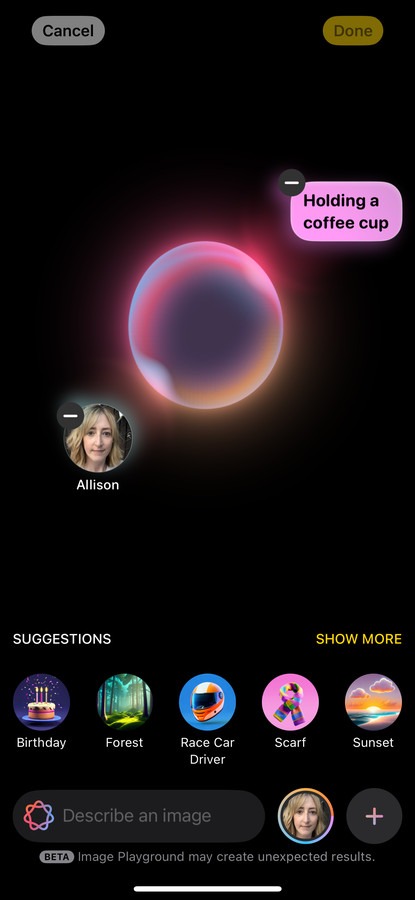While considering a friend’s suggestion for lunch at an Indian restaurant on 2nd Avenue, my iPhone’s Apple Intelligence feature interjected with its own recommendation: “How about The Ritz?” The suggestion, highlighted by Apple’s distinctive AI glow, was wildly off-base given that, to my knowledge, no Ritz exists in downtown Seattle. Ignoring the suggestion and its alternative (“Sounds good!”), I confirmed the original plan and headed to lunch, reflecting on my broader experience with Apple’s AI capabilities in iOS 18.2.
Suggested replies are not new to iOS, but they represent a fraction of the Apple Intelligence ecosystem, which debuted with the public release of iOS 18.2. My encounters with these features have been a mix of occasional utility, frequent inaccuracies, and fleeting amusement. However, once the novelty wears off, these tools often feel easy to overlook—much like the AI implementations in other flagship smartphones this year.
Apple took its time rolling out AI features. The initial offering, introduced with iOS 18.1 in late October, included tools like notification summaries, generative text suggestions, and a photo cleanup utility. While functional, the release felt like the bare minimum for devices marketed as “built for Apple Intelligence.”
With iOS 18.2, Apple has added more substance, including the Image Playground app for AI-driven image generation, Genmoji for custom emoji creation, and a ChatGPT extension for Siri. Notably, the Visual Intelligence feature is available only on the iPhone 16 and 16 Pro, though Apple hasn’t explained why. Despite these updates, Apple’s AI suite still lags behind its potential, and competitors like Google and Samsung face similar struggles in delivering transformative AI smartphone experiences.
Siri’s most notable upgrade in iOS 18.2 is its integration with ChatGPT. The feature, available through an opt-in setting, allows users to pose complex queries without needing an OpenAI account. While Siri retains its core functionality for tasks like setting timers and answering basic questions, it can now provide in-depth responses for more intricate topics. However, the ChatGPT integration remains prone to inaccuracies and fabrications. It’s useful as a starting point for research but still falls short of being a reliable virtual assistant.


In comparison, Google’s Gemini assistant on Android has become the default voice assistant, gradually gaining features like setting timers, playing music, and suggesting recipes. While these updates are helpful, the real challenge for both Apple and Google lies in enabling voice assistants to execute actions directly on smartphones. For now, these AI-powered tools are essentially more verbose versions of their earlier iterations.
Among the new features, Image Playground is the most eye-catching. This standalone app, accessible via a waitlist, allows users to generate AI-driven images, with the functionality extending across the operating system. Similar to Google’s Pixel Studio, Image Playground includes strict safeguards—rejecting requests like creating hazardous or inappropriate content.
The tool excels at creating whimsical images, such as depictions of friends or family members in fantastical roles. However, like many AI image generators, it often produces odd or inaccurate results. For instance, a simple request for avocado toast might include an avocado pit, and AI-rendered hands tend to look unnervingly unrealistic. While entertaining, these limitations make Image Playground more of a novelty than a practical tool.
Genmoji, another addition in iOS 18.2, enables users to create personalized emoji. The feature performs well within its design parameters but is hindered by its small format, which makes intricate details hard to discern. For example, a Genmoji depicting a holiday scene with a coffee cup might look good in preview but lose clarity at standard emoji size. Additionally, Genmojis don’t integrate well with group chats using RCS, limiting their practicality.
Another enhancement in iOS 18.2 is the ability to customize AI-generated text for different tones. Users can now instruct the AI to write emails or messages in styles ranging from “professional” to humorous. While entertaining, these features don’t offer substantial utility. For example, generating a playful email styled after Mr. T’s iconic catchphrases is amusing but unlikely to solve any real-world problems.
The integration of such tools into the iPhone’s existing text formatting and selection system also feels clunky, diminishing their ease of use. The novelty of generative text, which once inspired creative experiments like ChatGPT-generated sea shanties, is wearing thin as practical applications remain elusive.
Apple’s foray into AI mirrors the challenges faced by competitors like Google and Samsung. While the new features in iOS 18.2 bring Apple into the conversation, none of the advancements feel transformative. Instead, they represent incremental steps toward a vision of AI smartphones that remains unrealized.
For now, most AI tools on smartphones excel at performing their intended functions but fail to address significant user needs. This critique applies not just to Apple but to the industry as a whole. As 2025 approaches, the pressure is mounting for tech companies to deliver AI solutions that go beyond clever tricks and offer real value. Until then, the novelty of AI-powered smartphones continues to fade, leaving users with tools that are more amusing than essential.
